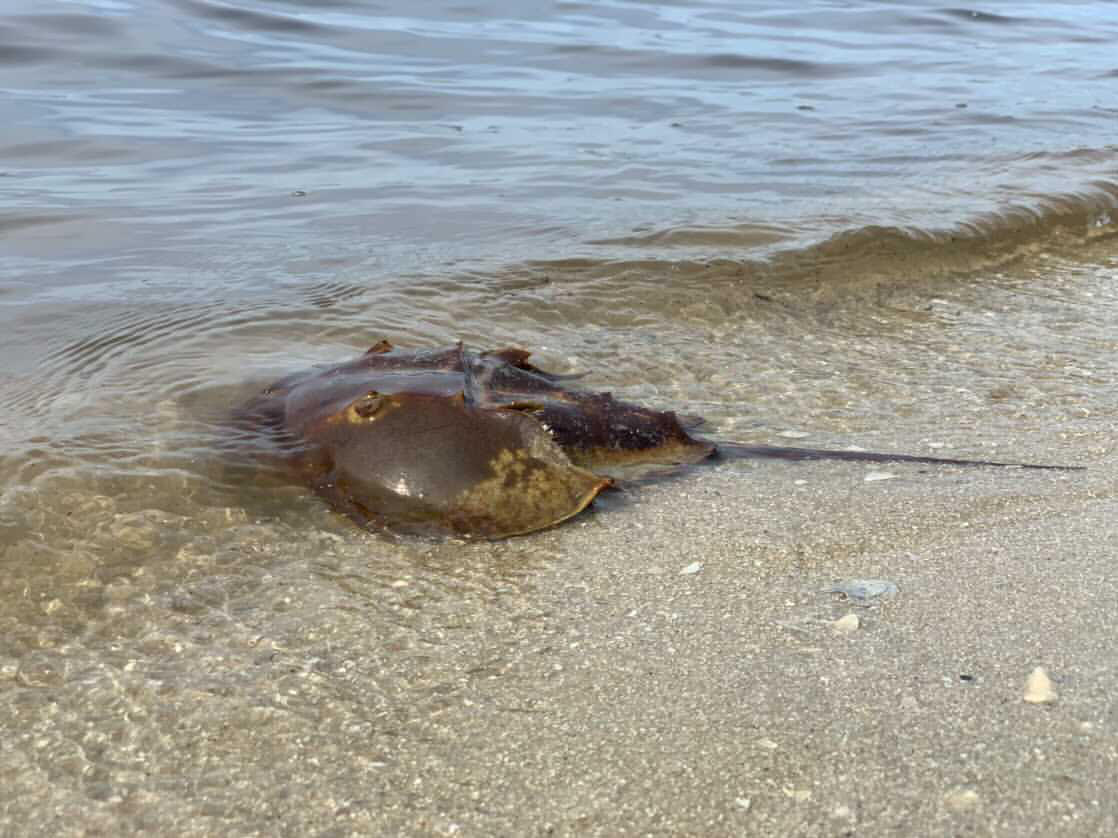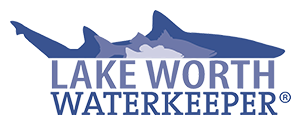Horseshoe crabs (Limulus polyphemus) are sometimes referred to as ‘living fossils’ because they’ve been around since the Cambrian period over 510 million years ago, and their body structure has changed very little since the age of the dinosaurs (Jurassic period, 200 million years ago).
Keeping this in mind, it’s simply untrue to say that these creatures did not evolve. The horseshoe crab family (Xiphosurida) used to be much more diverse when it first emerged, and it included horseshoe crab relatives with different body shapes such as the extinct boomerang-shaped Austrolimulus and “double-button” Liomesaspis. Despite this, modern horseshoe crabs still have seemingly unchanged body structure from Mesolimulus fossils from the Jurassic period 150 million years ago.
Paleontologists speculate that the horseshoe crab’s body structure hasn’t changed because it found a habitat niche free of competitive pressures that would force them to adapt. Their dome-like shell allows them to remain on the substrate despite wave action and strong currents, while their legs allow them to walk, swim, dig, forage, and mate. What else could a horseshoe crab need?
In other words – if it ain’t broke, don’t fix it!
Horseshoe crabs are important for many reasons, one of which being that their eggs are an important food source for fish and migratory shorebirds, while adult horseshoe crabs are prey for sea turtles, sharks, and alligators.
Not only are they important biologically, but they are also important to the biomedical industry for a compound found in their unique, copper-based blue blood called limulus amoebocyte lysate, or LAL. This substance clumps up around bacterial toxins, making it useful to check that medical equipment and injectable drugs are sterile prior to use.
Despite their renowned importance, little is known about Florida horseshoe crab populations other than that they typically spawn between March and November, much earlier than their neighbors in northern states. Horseshoe crabs are currently in decline and with the help of citizen scientists, the FWC has begun documenting important nesting sites. You can be a part of this effort by reporting any horseshoe crab sightings on the FWC website.
Stay tuned for details on our upcoming volunteer horseshoe crab tagging event – This will be happening sometime in March.

